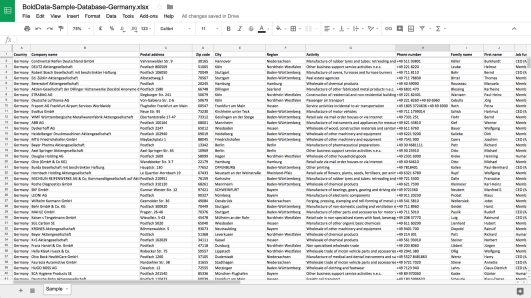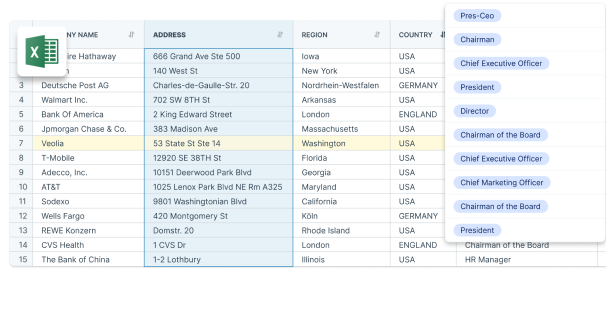The NACE Code acronym stands for Nomenclature of Economic Activities. It is a statistical classification of European economic activities and categorizes organizations by their business activities.
A NACE-based statistical system produces comparable statistics at the European level and generally at the world level, in line with the International Standard Industrial Classification (ISIC) of the United Nations.
Different NACE Code Classes
In essence, classes are based on how activities are divided across production units and merged.
There are several code classes, but NACE code classes are the most specific and widely used. To define a class, the criteria must ensure that the units within the class can be classified sectorally and that the tasks they perform are comparable.
NACE Rev. 2, which incorporates the newest revisions of the International Standard Industrial Classification of All Economic Activities (ISIC), places greater emphasis on production processes when establishing classes. Conversely, activities are combined when they involve a shared method of producing goods and services.
In a class, you will find the units that comprise most of the good and service categories that identify it. Most of the production of units belonging to a class is produced by the type of goods and services that defines it.
A crucial consideration when designing NACE classes is the proportional relevance of the activities covered. Because of this, individual seminars are usually offered for activities currently being carried out in the majority of Union Member States or for activities particularly relevant to global economic growth.
How to Read a NACE Code?
The NACE code is divided into four hierarchical levels. In terms of categories, sections are at the highest level:
- The first two digits state the division
- The third number determines the group
- The last digit indicates the class
The four levels used by NACE are the following:
- The first level consists of 21 sections identified alphabetically by the letters A to U;
- The second level has 88 divisions categorized according to two-digit numerical codes (01 to 99);
- The third level consists of 272 groups identified by three-digit numerical codes (01.1 to 99.0); and
- The fourth level has 615 groups categorized according to four-digit numerical codes (01.11-99.00)
All the European states use the same first four numbers of the code, which correspond to the first four tiers of the classification system. A country may decide to add more levels based on its needs.
In some countries, the fifth number may differ, and database providers may add further numbers.
To make it easier to understand, here is an example:
- Section (Q) Human health and social work activities
- Division (86) Human health activities
- Group (86.2) Medical and dental practice activities
- Class (86.23) Dental practice activities
How Can You Use a NACE Code?
Companies that target specific company codes in several EU Member States can benefit greatly from NACE codes.
Ideally, your marketing department would provide sales representatives with hundreds of “sales-ready” leads to getting in touch with prospective clients immediately. This is a highly unlikely scenario, however.
Therefore, you should target those clients who are more likely to show interest in the solution your company provides – these are the clients you should target with your outreach. Nevertheless, finding a prospective customer that meets your criteria and approaching them accurately is critical to successful prospecting.
Deconstructing and rebuilding your sales plan based on different industries can help you develop a better one that is highly targeted for specific businesses. The good news is you can accomplish this by using NACE codes.
Get NACE Codes From BoldData and Start Generating Better Business Leads
With NACE codes, you can focus more effectively on the most appropriate industry branches, ultimately leading to better sales. BoldData provides custom-made NACE Code databases for over 100 different product selections. Click here to request a free quote. Or ask a sample from your ideal NACE code via the contact form.

